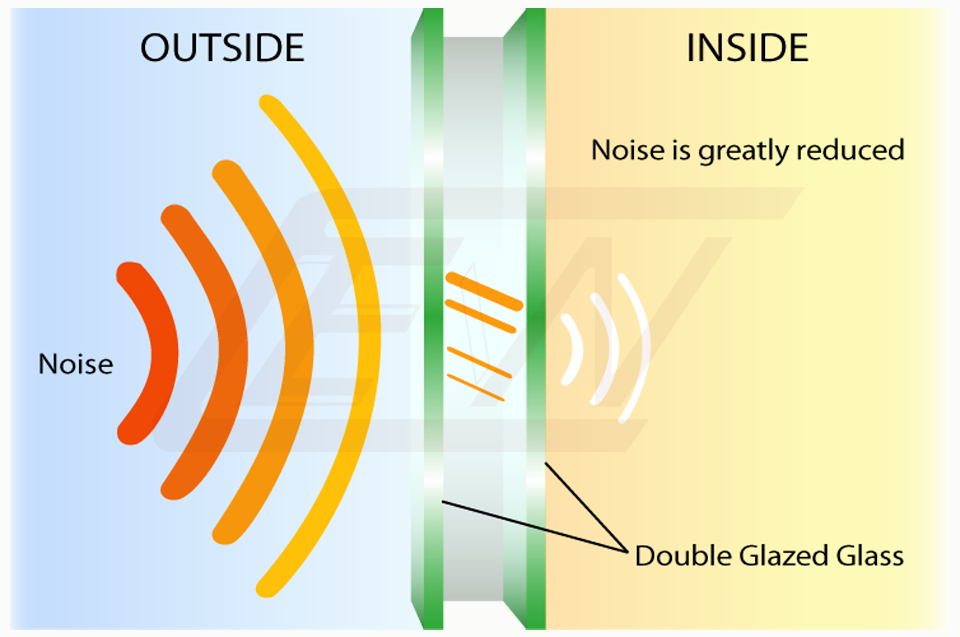
Interaction of wagon wheels, locomotives, and trains with rails.Īdditional equipment such as ventilation, sirens, air-conditioning, and heating.Īerodynamic noise, especially in the case of high-speed trains. Propulsion systems for railway and railway vehicles. There are several other significant sources of noise, apart from the main sources mentioned above, which are: The main sources of railway traffic noise are noise generated from: Unfortunately, much later at higher speeds, both types of car become equally loud, mainly due to tire noise.

For example, the noise level difference between an electric vehicle and an internal combustion engine (ICE) vehicle can be greater than 6 dB (A) at 10 km/h. However, at low speeds, electric vehicles produce very small levels of noise, i.e., in current acoustic urban environments, they are practically inaudible. In terms of noise pollution, electric vehicles represent the future, especially when compared to vehicles with an internal combustion engine (see Figure 3). This type of noise depends on the type of road surface, the tire construction, and finally the speed and driving style.

Tire noise occurs when the tires and road surfaces come into contact.

The fan noise is generated due to the operation of the fans in the vehicle, and the fans generally produce a broadband noise. Noise from the exhaust system is created by the sudden release of gas into the exhaust system itself in order to open the exhaust valve. The suction system noise is caused by the opening and closing of the suction valves, and furthermore the intensity of such noise depends on the mode of operation of the engine, the speed of the engine itself, and the type of air filter.

The engine noise depends on the engine volume, speed, and capacity. Engine noise is created during the process of compression and expansion in the engine, which creates engine vibrations which then emit noise.


 0 kommentar(er)
0 kommentar(er)
